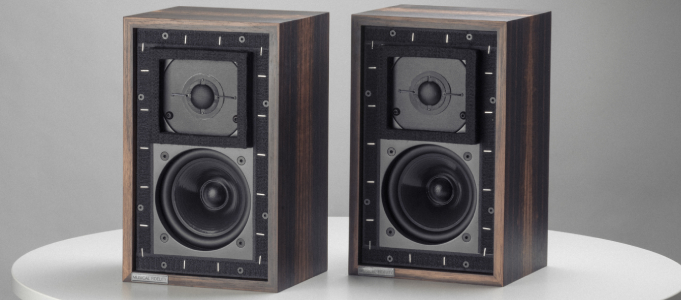An expensive audiophile joke...
Used to listen to music at home, it does not allow you to listen to a symphony orchestra without the risk of hearing the bass-midrange loudspeaker dragging... the same goes for a piano disc. Lived experiences... little more stirring than a Mozart sonata listened to pianissimo...
With a sensitivity of 83 dB and such a low admissible power it is logical... This speaker can only be used for close-range listening in a small, quiet space where the residual background noise must not exceed 30 to 33 dB... suffice to say that this doesn't happen every day... this speaker is totally outdated.
Used to listen to music at home, it does not allow you to listen to a symphony orchestra without the risk of hearing the bass-midrange loudspeaker dragging... the same goes for a piano disc. Lived experiences... little more stirring than a Mozart sonata listened to pianissimo...
With a sensitivity of 83 dB and such a low admissible power it is logical... This speaker can only be used for close-range listening in a small, quiet space where the residual background noise must not exceed 30 to 33 dB... suffice to say that this doesn't happen every day... this speaker is totally outdated.


